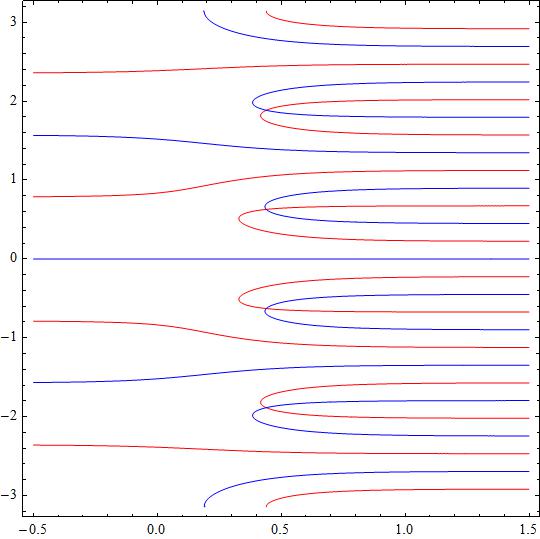How do you solve #e^ { 7x } = - 9e ^ { 2x }#?
3 Answers
Admin please delete this answer
Explanation:
I had some fundamental errors, then went to sleep, and others have answered in the mean time. Please delete my attempt.
No solution is possible (This is not a valid equation).
[Unless you allow
Explanation:
If
then
and
See below.
Explanation:
Considering complex solutions and solving
There are infinite complex solutions, as many as intersections of red and blue curves, as can be seen in the attached plot.
This plot was made for
In red the trace for
in blue the trace for


